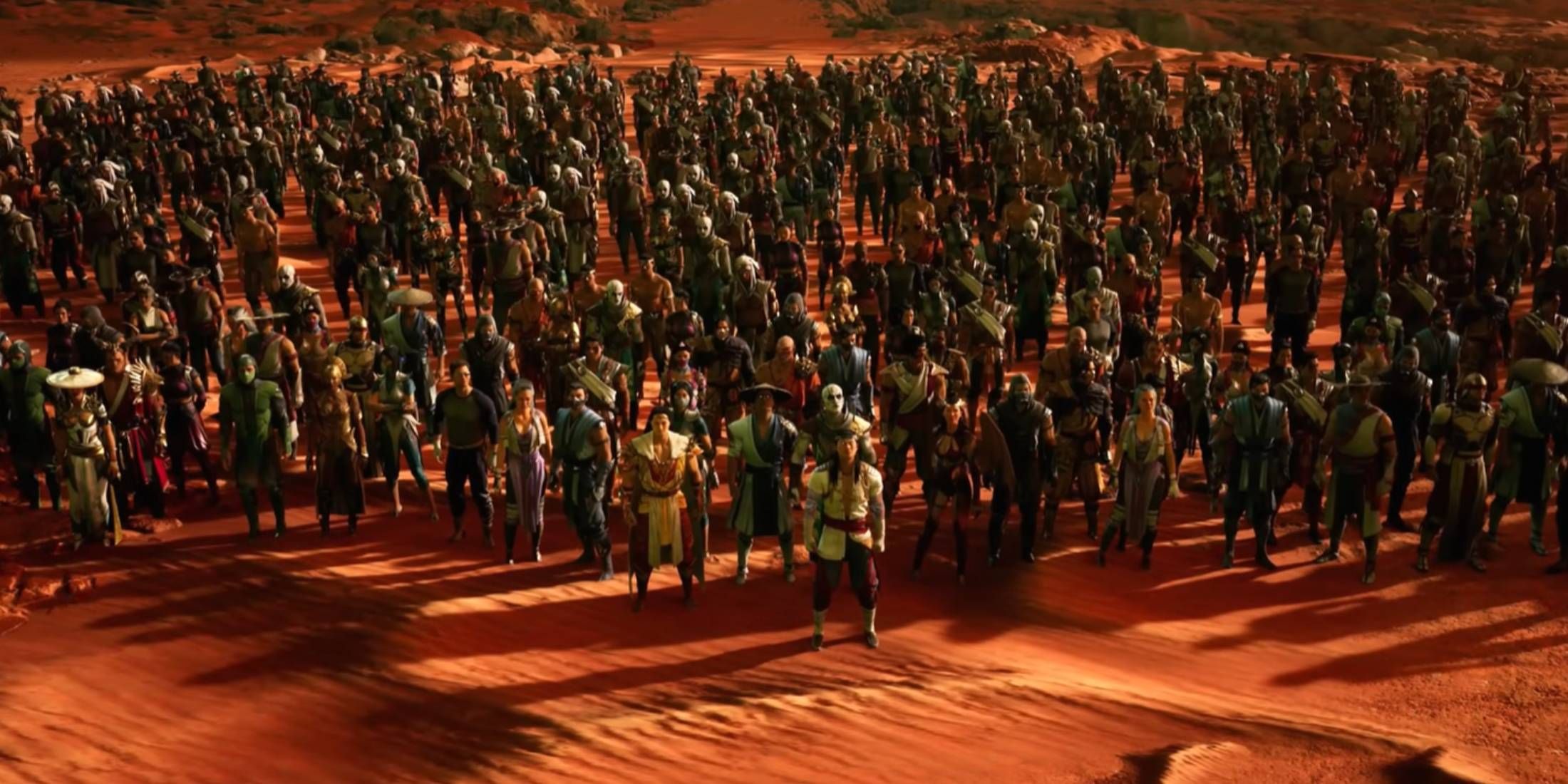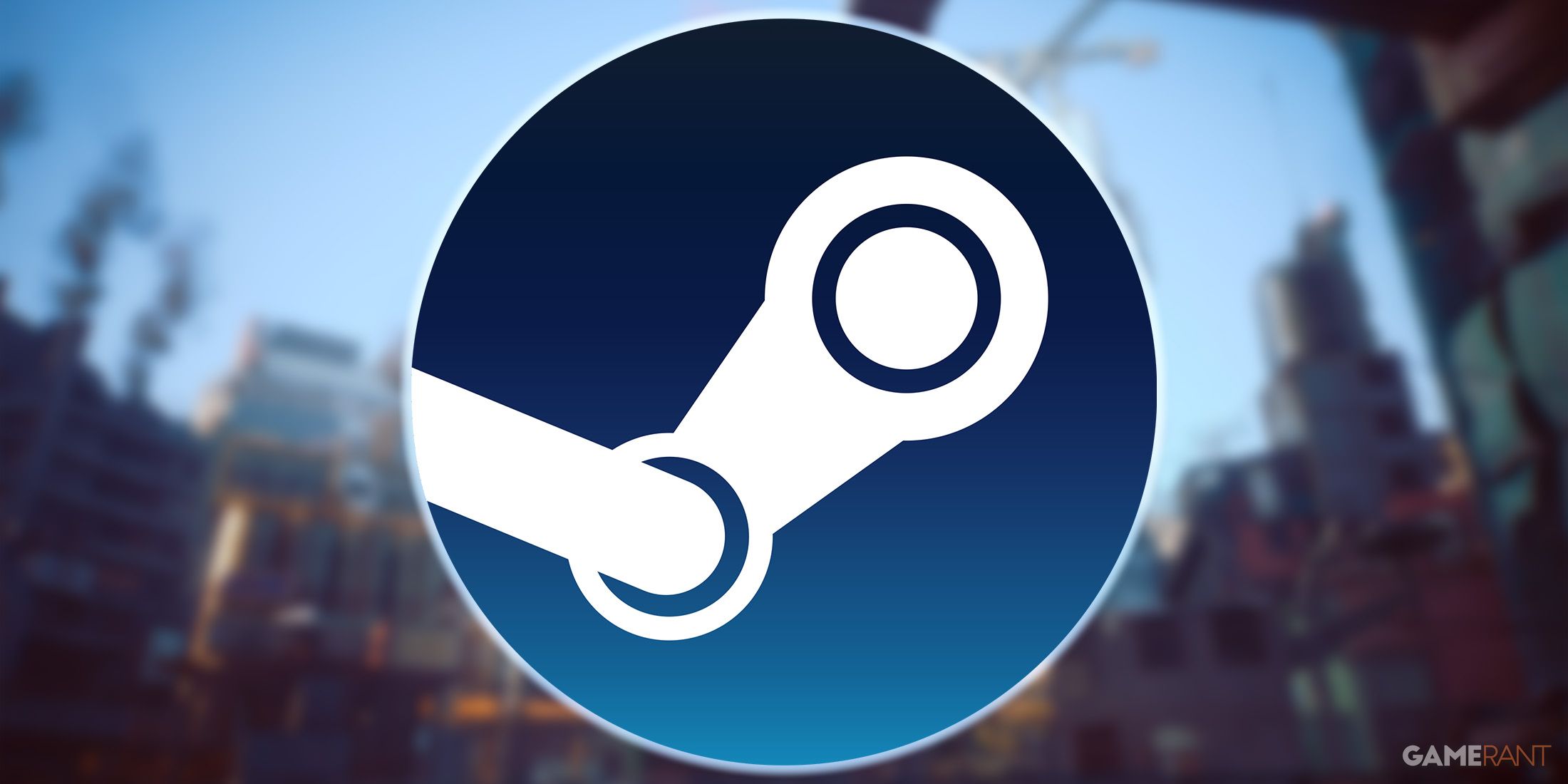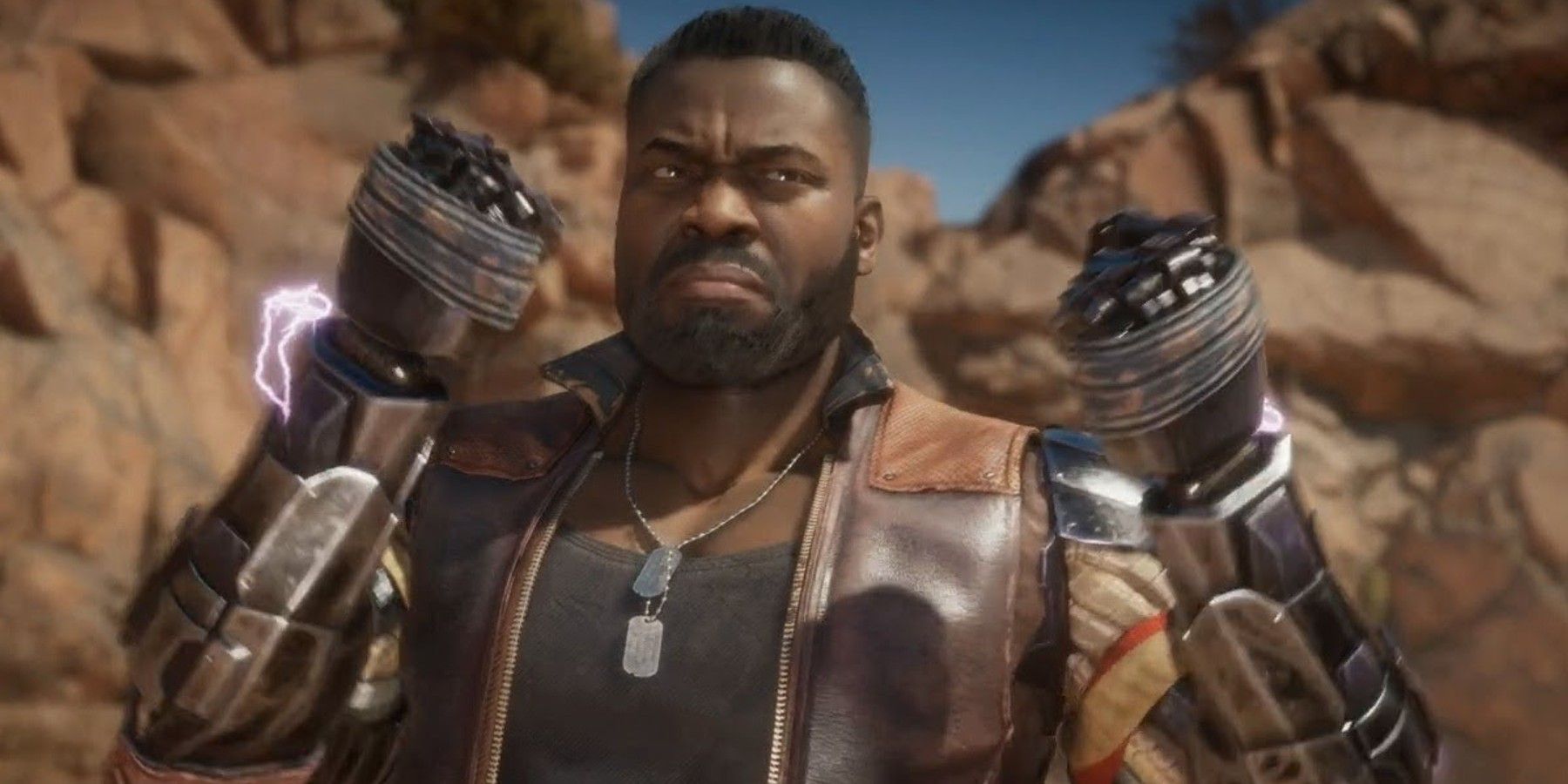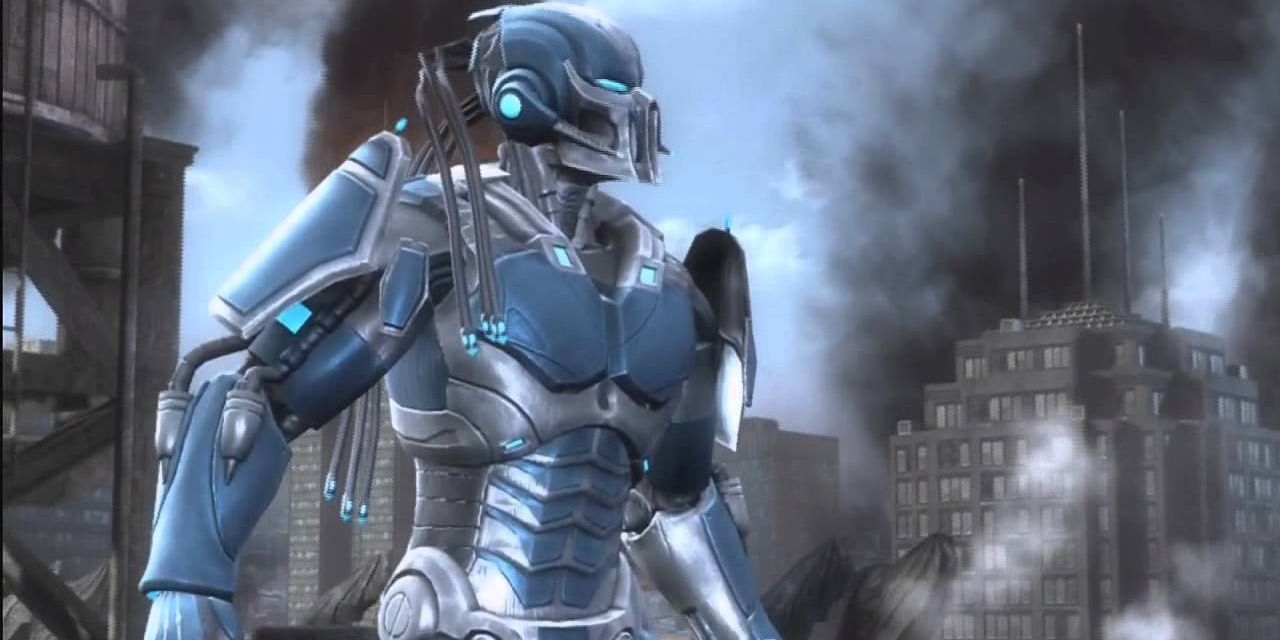Back in May, when Mortal Kombat 1 was announced, fans already knew that developer NetherRealm would be resetting the timeline. While the story of Mortal Kombat 11 left little other choice for the team, rebooting the story again is a bold move that requires some justification. While the developers seem to be taking advantage of this opportunity to reinvent the gameplay with Kameo Fighters, NetherRealm must push its storytelling forward too. This is an opportunity to make the cinematic storytelling the series is known for even better in Mortal Kombat 1 and to learn from past mistakes. The first change should be the way the series handles character deaths.
The previous Mortal Kombat timeline took to brutally killing many of its characters, only to revive them soon after. In Mortal Kombat 9, Sub-Zero is captured and turned into Cyber Sub-Zero. After being killed he is revived back into his human form for Mortal Kombat X. While this decision allowed the fan favorite character to return, it made his transformation and death less impactful and the story more convoluted. Liu Kang, Jax, Kitana and more are all similarly killed and then revived in some capacity by the next entry. In the timeline of Mortal Kombat 9 and its successors, death means very little.
Character Death Lacks Weight in Mortal Kombat
While death and reincarnation have always been a part of Mortal Kombat, its overuse dampens the experience. The franchise has a large cast and the Mortal Kombat 1 roster is shaping up to be one of the series biggest. Keeping track of all the characters is only made more difficult when their deaths don't mean they will stay gone. More important however is that the impermanence of death took away from the story's ability to create big moments. For example, Cyber Sub-Zero becoming human again for the events of Mortal Kombat X undermines the tragedy of his story in the ninth entry.
While the appearance of characters in the form of zombies or revenants was important to the last three Mortal Kombat games, taking a more conservative approach to killing characters and reviving them could allow for the story to go to more interesting places. Characters being brought back to life became predictable, making the demise of fan favorites feel more like a promise that they would return than an actual loss. NetherRealm could have instead used the absence of a dead character to revisit some of Mortal Kombat's forgotten characters or make new roster additions, but often times, the character just returned.
With many big changes in Mortal Kombat 1, this new story has the opportunity to be more sparing with character deaths. It would make the story easier for fans to follow and make its big moments carry greater stakes. Fights in the story mode of Mortal Kombat1 could feel much more tense with the threat that one of the characters involved could die and be out of the story for good. In a timeline where resurrection or undead forms are used more cautiously, the return of a deceased fan favorite would be much more exciting as well.
While death and violence are central to the aesthetic of the series, using death more sparingly would give the fatalities in Mortal Kombat more weight narratively. The kills would read as more gruesome if they were saved for big watershed moments rather than being the expected norm. With the regular occurrence of fatal blow attacks in combat, the fights are plenty visceral, and the myriad of brutal fatalities would still be accessible in other modes. Mortal Kombat 1 should take this reboot as an opportunity to tell its story in a way that uses death more deliberately.
Mortal Kombat 1 will release on September 19, 2023 for the Nintendo Switch, PC, Playstation 5, and Xbox Series X|S.





